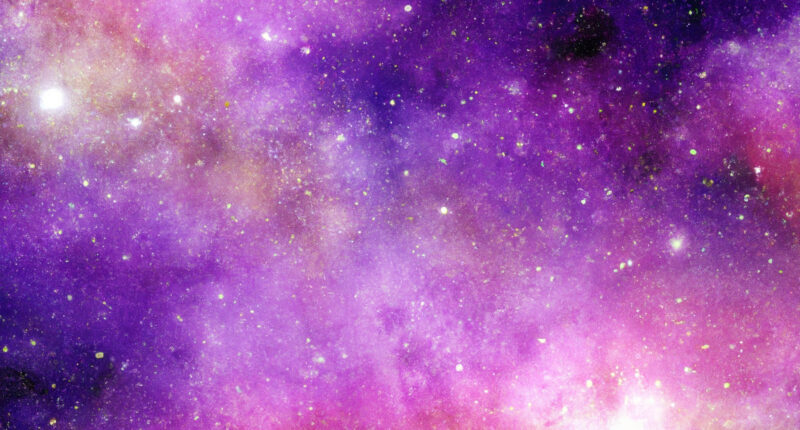THE universe could be twice as old as we thought, according to experts who are blowing apart old theories of the cosmos.
Researchers from the University of Ottawa are reinventing cosmology with a new claim that the Big Bang actually happened 26.7 billion years ago.
The breakthrough theory almost doubles the time scientists believe has elapsed since the mega-explosion sparked everything that exists today.
“Our newly devised model stretches the galaxy formation time by a several billion years, making the universe 26.7 billion years old, and not 13.7 as previously estimated,” said the leading author of the study, Rajendra Gupta.
Until now, astronomers and physicists calculated the age of the universe by studying “redshifted” light coming from distant galaxies.
Colours appear redder as wavelengths are stretched from light sources that are moving away from us – the same effect that changes the pitch of a police siren.


By measuring how fast galaxies are moving relative to each other, astronomers can rewind the clock and calculate when they must have been blown apart at the Big Bang.
In 2021, new techniques and advances in technology produced the most accurate ever estimate of the universe’s age at 13.797 billion years.
However, experts have been puzzled by the existence of stars that appear to be older than the universe.
For example, the Methuselah star, in the Libra constellation, is estimated to be between 13.65 and 15.25 billion years old.
Most read in Tech
Breakthroughs by the James Webb Space telescope also revealed young galaxies in an advanced state of evolution – which equally baffled scientists.
These distant galaxies – seen 300million years after the Big Bang – appear to have a level of maturity associated with billions of years of cosmic evolution.
Gupta has suggested two factors that could explain the anomalies.
First, he has revived an unpopular theory of “tired light” first put forward by Fritz Zwicky.
This claims the redshift we observe is not only due to galaxies moving away but also because light loses energy as it travels vast distances across the universe.
Second, Gupta and his colleagues introduced a new theory based on quantum physicist Paul Dirac’s 1928 theory of “coupling restraints”
The boffin suggests these fundamental rules controlling how particles interact might have changed over time.
He added: “By allowing them to evolve, the time-frame for the formation of early galaxies observed by Nasa’s James Webb Space Telescope at high redshifts can be extended from a few hundred million years to several billion years.”
It comes as researchers have discovered that one of the most famous dying stars in the sky could explode sooner than initially predicted.
Betelgeuse, the star that forms Orion’s right shoulder, could have only a few decades left before it reaches a supernova and explodes – possibly changing the view of the night sky for ever.
Yesterday, Nasa revealed its Mars rover had found organic molecules – suggesting life may have existed on the red planet.
Meanwhile, scientists have uncovered the building blocks for alien life on one of Saturn’s icy moons.


ThaData from the US space agency’s Cassini probe confirmed high concentrations of phosphorus – an essential element for all biological processes on Earth.
Phosphorous had long been a missing piece for the potential for alien life on the moon.












